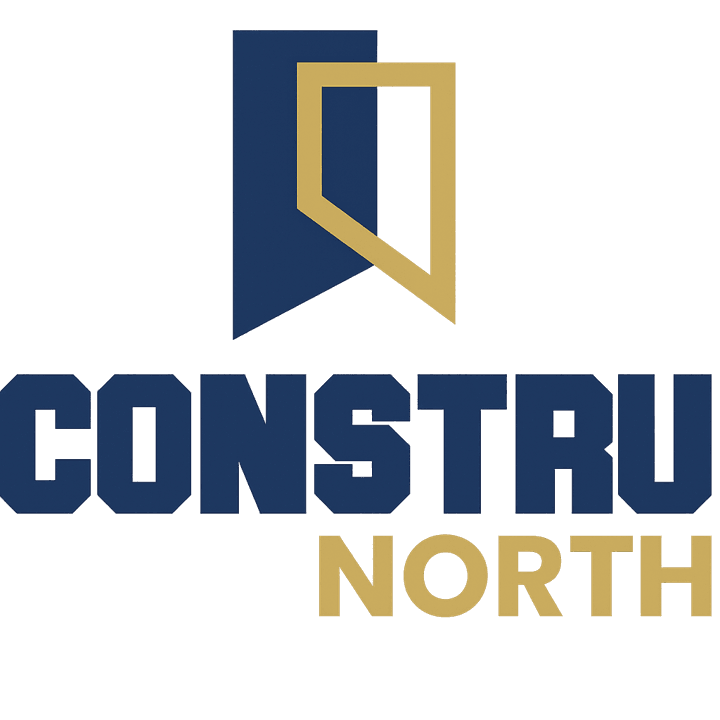From Chaos to Control: The Last Planner System Revolution in Construction
Understanding the Last Planner System
The construction industry is notorious for its complexity and the chaotic nature of its projects. However, the Last Planner System (LPS) is revolutionizing the way construction projects are managed by bringing much-needed control and efficiency. Developed by the Lean Construction Institute, LPS is a collaborative planning process that emphasizes improving project outcomes by engaging all stakeholders in the planning process.
At its core, the Last Planner System is designed to reduce uncertainty and enhance predictability. By focusing on workflow reliability and continuous improvement, LPS helps project teams deliver projects on time and within budget. This approach not only improves productivity but also enhances communication and collaboration among team members.

The Core Principles of LPS
The Last Planner System operates on a few fundamental principles that set it apart from traditional project management methodologies:
- Collaborative Planning: All stakeholders, including designers, subcontractors, and suppliers, are involved in the planning process to ensure alignment and shared understanding.
- Pull Planning: Tasks are scheduled based on downstream demand rather than a fixed timeline, which helps in identifying constraints early and addressing them proactively.
- Commitment-Based Planning: Team members commit to completing tasks within a specified time frame, enhancing accountability and reliability.
By adhering to these principles, LPS creates a more organized and predictable project environment, minimizing delays and reducing wastage.
Implementing the Last Planner System
Implementing the Last Planner System involves several key steps that ensure its effectiveness. Initially, teams engage in a collaborative planning session where they identify critical milestones and develop a detailed schedule. This process helps in identifying potential bottlenecks and constraints early in the project lifecycle.
The next step involves weekly work planning, where teams review progress and adjust schedules as necessary. This ensures that tasks are aligned with current project realities and that any issues are addressed promptly. Regular commitment meetings are also held to ensure that team members are accountable for their tasks and that deadlines are met consistently.

Benefits of Adopting LPS
The Last Planner System offers numerous benefits that contribute to the successful delivery of construction projects. One of the key advantages is improved productivity. By minimizing uncertainty and ensuring that tasks are completed as planned, LPS reduces idle time and enhances workflow efficiency.
Additionally, LPS fosters a culture of collaboration and communication. By involving all stakeholders in the planning process, team members gain a better understanding of project goals and challenges. This leads to improved problem-solving capabilities and a more cohesive team dynamic.
Challenges in LPS Implementation
Despite its many benefits, implementing the Last Planner System is not without challenges. One of the primary hurdles is resistance to change. Many organizations are accustomed to traditional project management approaches and may be reluctant to adopt new methodologies.

Another challenge is ensuring consistent commitment from all team members. The success of LPS relies heavily on the dedication and accountability of each stakeholder. Without full buy-in from the team, the effectiveness of the system may be compromised.
Conclusion: The Future of Construction Management
The Last Planner System represents a significant shift in how construction projects are managed. By prioritizing collaboration, predictability, and continuous improvement, LPS offers a path from chaos to control in an industry often plagued by inefficiencies. As more companies recognize its value, the adoption of LPS is likely to continue growing, paving the way for a more efficient and effective construction industry.
Embracing this revolutionary system can lead to better project outcomes, satisfied clients, and a more harmonious work environment for all involved. The journey from chaos to control is not without its challenges, but the rewards make it a worthwhile endeavor for any organization looking to improve its construction management processes.
